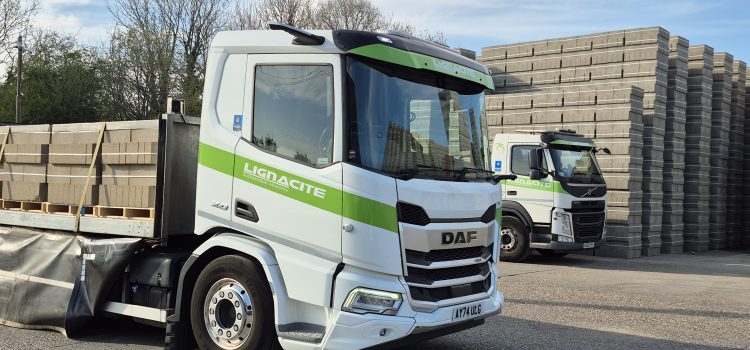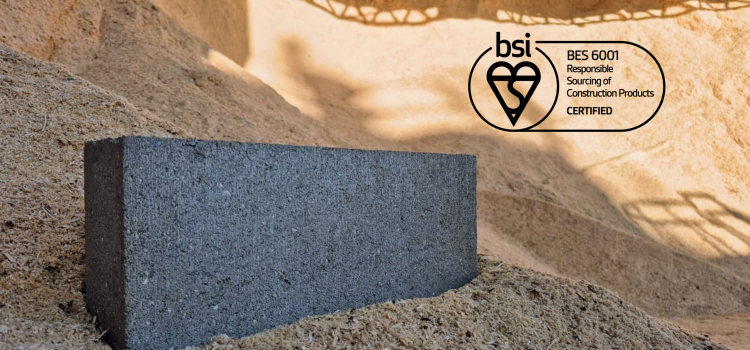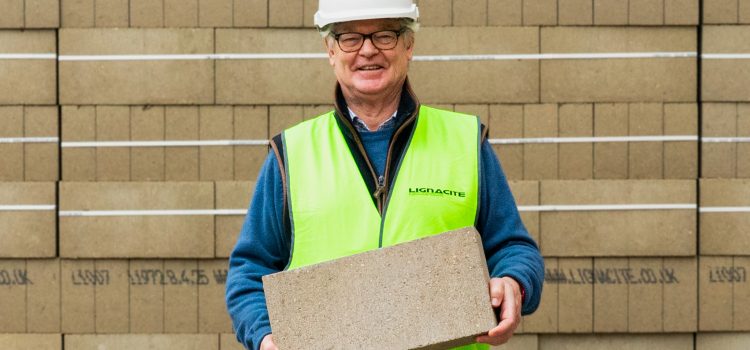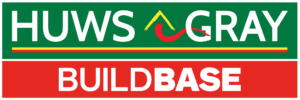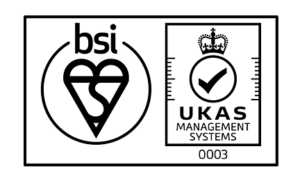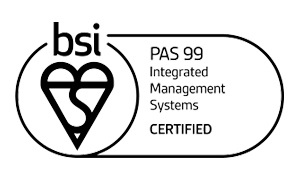Articles
Everything you need to know about painting concrete blocks
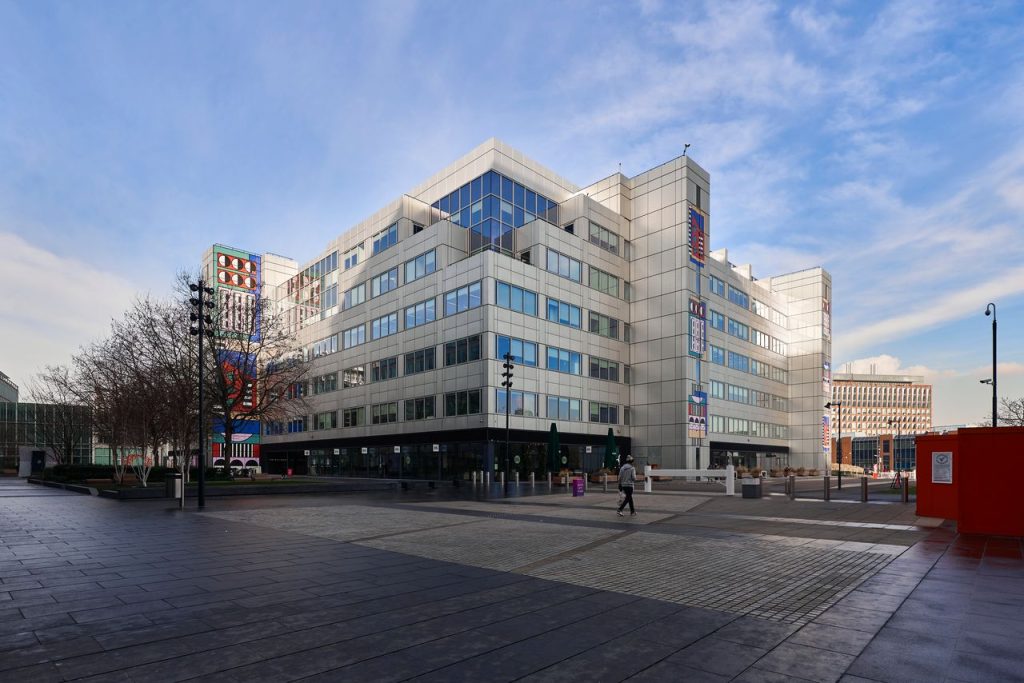
Posted by Nick Franks
Read our guide to painting concrete blocks to make sure you get the right finish for your project.
In some building designs, the look and feel of the structure is complemented by leaving the concrete walls uncovered. However, sometimes a lick of paint is desirable. In this guide, we’ll therefore be taking a closer look at what you need to know if you’re thinking about painting concrete blocks.
Can you paint masonry blocks?
Yes, masonry blocks can certainly be painted!
Masonry or concrete blocks provide a suitable surface for painting after proper preparation, which usually involves cleaning the surface to remove any dirt, dust or debris. Some paint types may also need a primer to be applied. Concrete blocks are by their nature quite porous, which means they are good at absorbing moisture and paint.
Depending on the finish and colour you want, multiple coats may be needed.
What is the easiest way to paint concrete blocks?
If you’re planning to paint concrete blocks, you will need to follow these steps:
- Prepare the concrete blocks: Before you begin painting them, you need to make sure the blocks are clean so that dirt does not get into the paint.
- Apply a primer or mist coat: Once the blocks are clean and dry, it will usually be necessary to apply a primer or mist coat. This will help to counteract the concrete’s natural tendency to absorb the paint.
- Apply the paint: Once the primer is dry, you can apply your first coat of paint. This can be applied by paint brush, roller or paint sprayer.
- Apply a top coat: To get the best coverage, apply a second coat of paint once the first layer is dry. Repeat this step if two coats don’t quite give you the finish you’re looking for.
What is the best paint for blockwork?
The ‘best’ paint for concrete blocks will depend on the environment they are used in.
If the blocks are forming an interior in ordinary conditions, such as in a shop or sports hall, a good-quality trade emulsion paint (known as latex paint in the US) is a good choice.
However, if your concrete blocks will be open to the weather as an exterior wall, masonry paint will be an excellent exterior paint. These paints are typically acrylic-based and have been specifically formulated for exterior use.
In aggressive environments, such as swimming pools, chlorinated rubber paint may be a good fit. This type of paint has stronger heat and water resistance properties than standard trade emulsion paints.
Do I need special paint for the concrete blocks?
This depends on the conditions that your concrete blocks are in. If they are indoors and aren’t in a particularly wet or hot environment, standard emulsion paint will be suitable. However, if you intend to paint blocks that are exposed to the Great British weather or harsher conditions, you may want to opt for something more specialist.
Do concrete blocks need to be primed before painting?
Concrete blocks are naturally porous, which means that they will absorb some paint. You may therefore want to prime your blocks before painting them to reduce this. When using emulsion paint, one way to do this is to apply a mist coat of diluted emulsion paint to the blocks before you begin painting them fully.
What is a Paint Grade block?
A Paint Grade concrete block is specifically manufactured for applications where a painted finish is desired. These blocks are typically made with a close surface texture, which makes them easier to paint.
They’re therefore a great choice for walls, partitions and other structural elements where painting is preferred over leaving the block in its natural state.
Paint Grade blocks can come in different qualities and strengths. Here at Lignacite, we offer Paint Grade blocks in our Lignacite and Lignacrete ranges.
The benefits of Paint Grade blocks
They’re easier to paint
Paint Grade blocks are closer textured than standard grade blocks. This means that paint can be applied more easily (and economically!) as there is less surface area to cover.
They’re for indoors and outdoors
Paint Grade concrete blocks are very versatile and can be used in both interior and exterior applications.
They’re fire-resistant
Another advantage of our Paint Grade concrete blocks is their A1 fire rating, which is compliant with BS EN 771-3 2011+A1 2015. This rating confirms them as non-combustible, ensuring they play no role in fueling fires. Consequently, they stand as an excellent choice for wall construction, whether for interior or exterior applications.
They keep you warm
Our Paint Grade Lignacite blocks also have low air permeability once painted. This enhances their thermal insulation, keeping buildings comfortably warm during colder seasons. This makes them an excellent choice for architects and homebuilders who are looking to improve the thermal performance of their projects.
They can block out noise
Our blocks boast exceptional sound insulation properties, with our Lignacite blocks leading the pack. Through rigorous laboratory testing, we've confirmed that a bare 215mm Lignacite wall achieves an impressive Weighted Sound Reduction Index (Rw) of 55dB, which increases to 66dB when incorporating an acoustic stud panel into one face.
Find the right block for your next project
If you think our Paint Grade blocks could be an ideal match for your upcoming project, we'd love to hear from you.
Feel free to reach out to our Quoteline at 01842 778485 to talk to our friendly Sales team.
